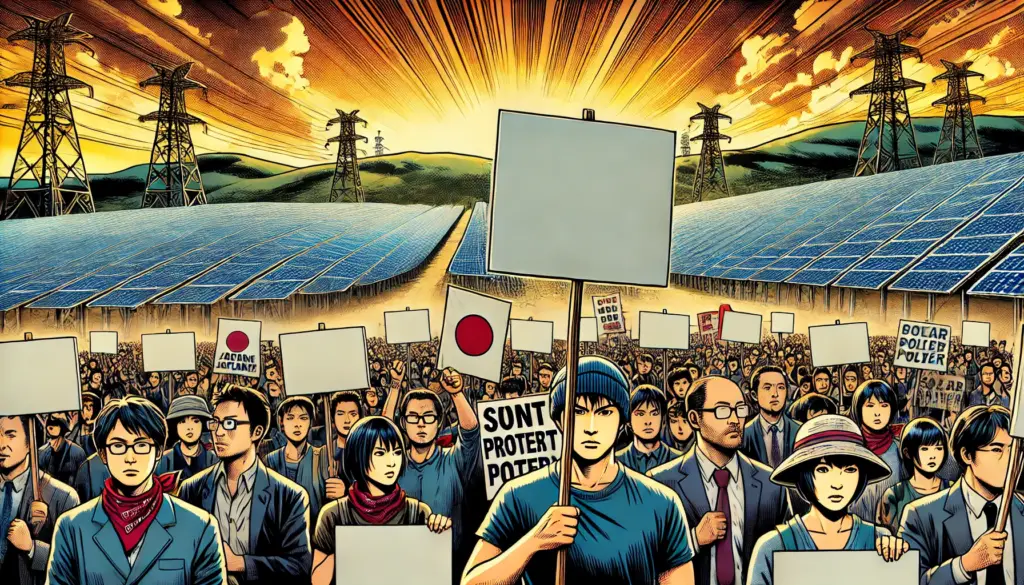
🎡 The 2025 Osaka-Kansai Expo has become one of Japan’s biggest national projects in recent years. Running from April 13 to October 13, this six-month international event has drawn global attention—and domestic controversy.
With over 150 countries participating and Japan aiming to showcase its technology, sustainability efforts, and cultural charm, the stakes were high. But has it paid off?
Let’s take a deep dive into the true costs, the actual economic benefits, and whether the Expo can be called a success or a failure.
💸 Total Costs: More Than Expected
The original budget for the Expo was ambitious—but costs have grown dramatically:
- Construction of Expo facilities: ¥235 billion
- Iconic ring-shaped roof (“Grand Roof”): ¥35 billion
- Operations, security, logistics: Over ¥1 trillion
- National and local infrastructure upgrades: Roads, metro extensions, hotel development, utilities (around ¥1.2 trillion)
🚧 Total estimated investment: ¥3 trillion or more, making this one of the most expensive World Expos in modern history.
In comparison, the 2005 Expo in Aichi cost roughly ¥185 billion. Critics have questioned whether the ballooning budget is justified, especially during an era of economic uncertainty and population decline in Japan.
📈 Projected vs. Actual Economic Effects
On the other side of the balance sheet, the Expo has generated significant economic activity.
📊 Economic Ripple Effects:
- Projected economic impact: ¥2.7 to ¥2.9 trillion
- Major growth areas:
- Tourism and hospitality
- Retail and dining
- Construction and event staffing
- Transportation
- Jobs created: Estimated at over 130,000 across the Kansai region
- International tourism boost: Visitors from Asia, Europe, and the Middle East have returned post-COVID
Although the numbers look promising, they slightly trail the full investment amount—raising doubts about short-term profitability.
✅ What Has Gone Well?
Despite early skepticism and delays in pavilion construction, the Expo has scored some notable achievements:
🏞️ 1. Strong Attendance
- Over 10 million visitors reached by the end of June
- Goal of 28.2 million by October appears achievable
- Large domestic turnout due to discounted regional travel campaigns
🌍 2. Global Visibility
- Japan’s tech and design received praise internationally
- Cultural events, smart mobility systems, and sustainable architecture have impressed many foreign guests
- International pavilions (UAE, France, India, etc.) drew high traffic
🏗️ 3. Long-Term Infrastructure Legacy
- Roads, metro lines, and hotel capacity in Osaka have improved significantly
- The Yumeshima island development, where the Expo is held, is expected to continue as a tech and innovation hub post-Expo
- The region now has improved readiness for future international events, including potential IR (integrated resort) developments
🧠 4. Educational & Innovation Value
- Programs promoting future technologies, robotics, and sustainability education for children and students have been well received
- The Expo is sparking interest in science and SDGs among young generations
⚠️ Major Concerns and Criticism
The Expo has not been without controversy:
💰 1. High Spending During Economic Pressure
- Many citizens question why such a huge investment was made while social programs and public services are under strain
- Some political parties have criticized the project as a “vanity event” for Osaka politicians and construction companies
🏗️ 2. Construction Delays and Pavilion Issues
- Several foreign pavilions were not completed in time for the opening
- Shortages of construction materials and labor delayed schedules, raising cost further
🛑 3. Operational Complaints
- Long queues, limited shade areas, high food prices, and unclear signage caused frustration for some visitors
- Lack of cash payment options also created accessibility issues for elderly attendees
🌐 4. Regional Economic Imbalance
- Critics say that while Kansai may benefit, other parts of Japan see little return
- International tourists often concentrate in Osaka and Kyoto, leaving rural areas untouched
🧮 Comparing the Numbers
| Category | Amount (Estimated) |
|---|---|
| Total Investment | ¥3.0+ trillion |
| Economic Impact | ¥2.7–2.9 trillion |
| Net Financial Gain | ~¥0 to –¥300 billion |
📌 While the Expo may not turn a large profit, the long-term benefits may shift the verdict in the future.
📝 Final Verdict: Too Early to Judge?
So, is the 2025 Osaka Expo a success or a failure?
If judged purely by short-term financial results, the answer might lean toward “marginally unsuccessful”—given that spending likely exceeds immediate returns.
But success is not only about numbers.
If we include:
- Lasting infrastructure improvements
- Enhanced global recognition
- Revitalized tourism and local pride
- Inspiration to future generations
…then the Expo may ultimately be seen as a long-term national success story.
Only time will tell.



















































